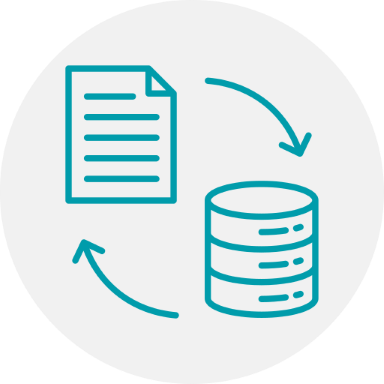Ensuring a high degree of quality within the enterprise’s information is key to the organisation’s overall success and stakeholder trust.
Even relatively small data quality issues and inaccuracies can have a lasting impact on the level of data consumer and decision maker confidence.

Data Quality rules are defined separately from the Data Model leading to fragmentation of business logic, causing confusion as to data correctness a the consumer level.

As the scale and complexity of the data infrastructure increases, what could previously be verified by analyst in a reasonable amount of time is no longer possible.

